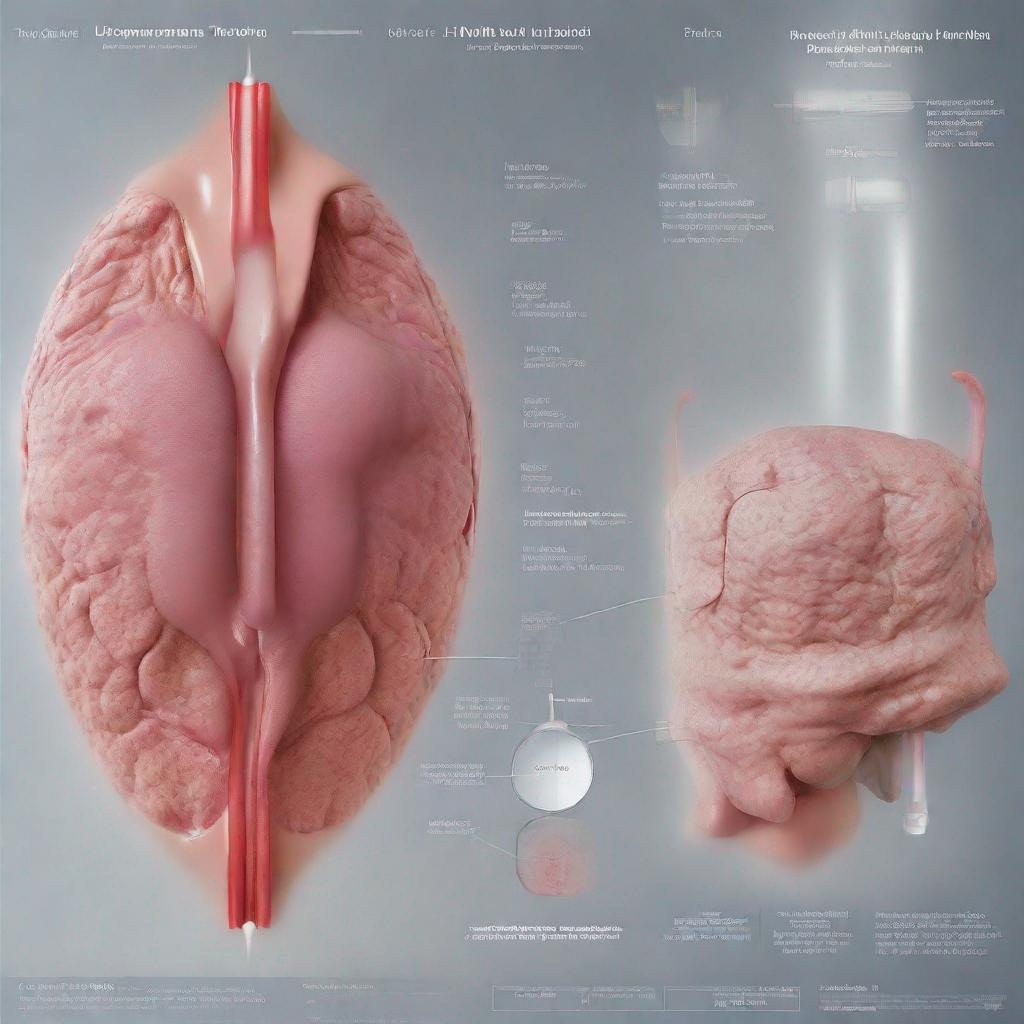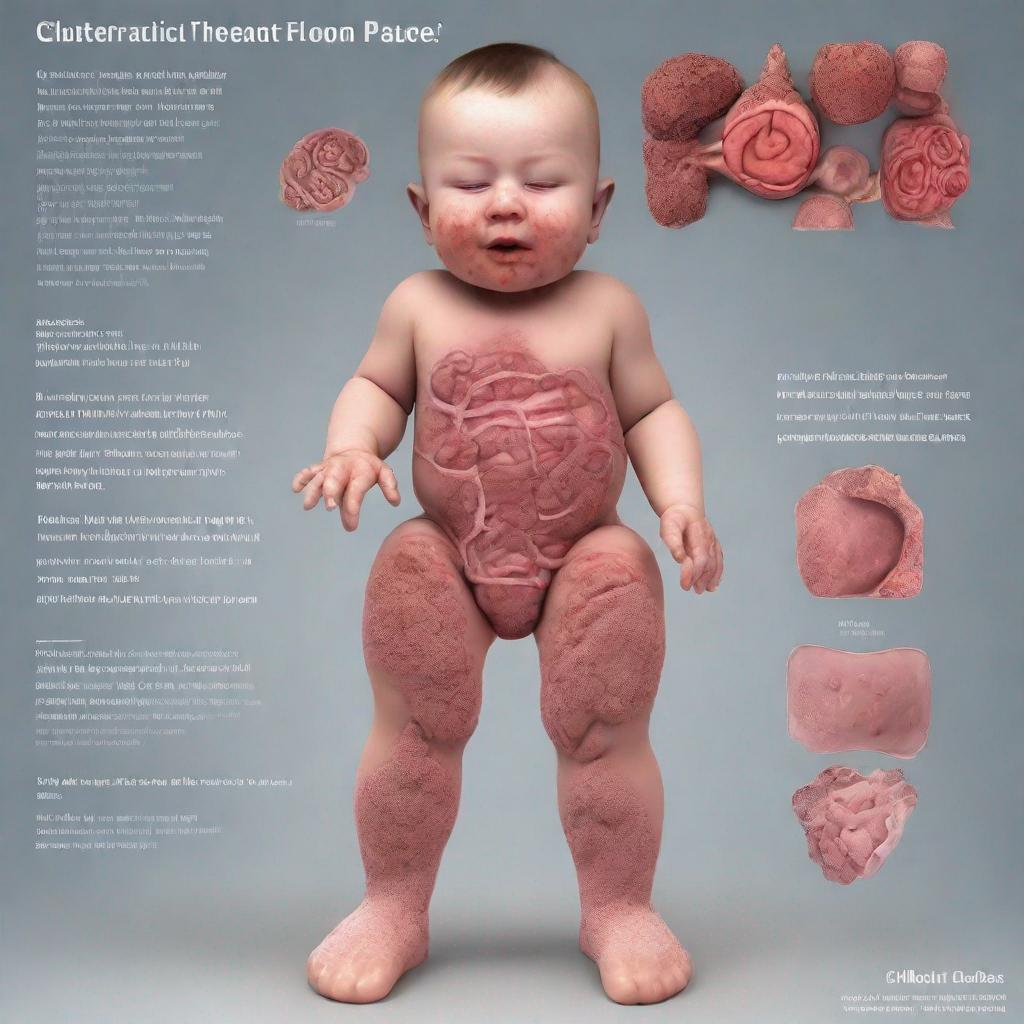## Urodynamic Testing: A Comprehensive Guide for Understanding Bladder Health
### Introduction
**Urodynamic testing** is a specialized medical evaluation that assesses the function of the bladder and urinary system. It is performed to diagnose and evaluate conditions related to urination, such as incontinence, retention, and overactivity.
### Procedure
Urodynamic testing typically involves a combination of the following procedures:
– **Cystometry:** A catheter is inserted into the bladder to measure pressure and volume.
– **Uroflowmetry:** The patient urinates into a device that measures the flow rate and volume.
– **Pressure-flow studies:** The pressure in the bladder and urethra is measured during urination.
– **Electromyography (EMG):** Electrical activity in the muscles of the bladder and urethra is recorded.
Urodynamic testing is usually performed by urologists, who are specialists in urinary tract disorders.
### Diagnosis
Urodynamic testing can help diagnose several conditions, including:
– **Urinary incontinence:** The involuntary loss of urine, which can occur for various reasons, such as weakened pelvic floor muscles or an overactive bladder.
– **Urinary retention:** The inability to completely empty the bladder, which can lead to frequent urination, urgency, and pain.
– **Overactive bladder:** A condition characterized by frequent urination, urgency, and urge incontinence.
– **Detrusor sphincter dyssynergia:** A condition in which the bladder muscle (detrusor) and the sphincter muscle (sphincter) do not coordinate properly during urination.
– **Neurogenic bladder:** A condition caused by nerve damage that affects bladder function.
– **Prostate disease:** Enlarged prostate glands can obstruct urine flow.
– **Pelvic organ prolapse:** When the pelvic organs, including the bladder, uterus, or rectum, drop or bulge into the vagina.
### Importance
Urodynamic testing is an essential tool for diagnosing and managing urinary tract disorders. Accurate diagnosis helps guide treatment options and improve patient outcomes. This test can help determine the underlying cause of urinary problems and identify the most appropriate treatment plan.
### Alternatives
In some cases, alternative tests may be considered:
– **Voiding cystourethrography:** An X-ray taken during urination to visualize the bladder and urethra.
– **Cystourethroscopy:** A procedure that involves inserting a camera into the bladder and urethra to examine the lining and look for abnormalities.
### Preparation
Patients should follow specific instructions before urodynamic testing, such as:
– Avoiding caffeine and alcohol for 24 hours before the test.
– Fasting for 8 hours before the test.
– Stopping certain medications, such as diuretics or anticholinergics, as directed by their doctor.
### Duration
Urodynamic testing typically takes 30-60 minutes to complete. However, the duration may vary depending on the specific procedures performed. Patients may experience some discomfort during the test, but it is generally well-tolerated.
### Recommendations
Following urodynamic testing, your doctor may recommend further tests or treatments based on the results. Additional tests that may be considered include:
– Imaging tests, such as ultrasound or MRI.
– Treatment options, such as bladder training, medication, or surgery.
Urodynamic testing is a valuable tool for evaluating bladder function and diagnosing urinary tract disorders. By understanding the procedure, its importance, and potential recommendations, patients can participate actively in their healthcare and make informed decisions about their treatment options.


